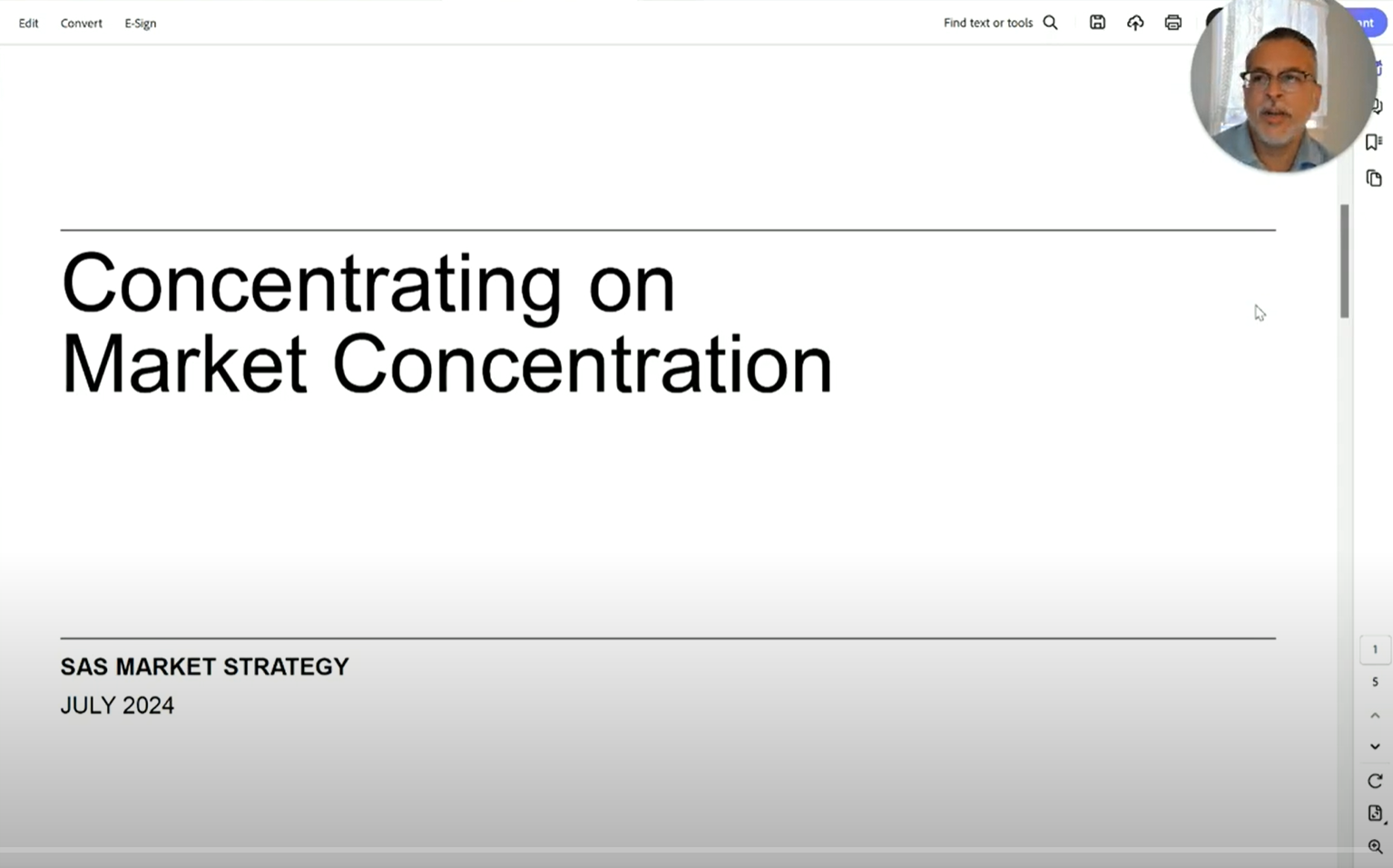For a few weeks this summer we were once again lucky enough to have Liam Cronan join our office as a summer intern. Liam has just finished his freshman year in college, he’ll be spending the second half of his summer working on a political campaign. While Liam was here he worked on a number of projects, the most prominent was building the framework of the Investment Expense Analysis tool which many of our clients have already seen the results of.
Liam had a very successful first year of college, from a grades standpoint. However, he learned that Bentley University was not the right fit for him. In the guest blog post below he shares his experience in coming to realize that he was at the wrong school, and the process he went through as a transfer applicant.
Almost every high school student who chooses to apply to college has a thought of what their “dream college” would be. For some, it may be the ivory-tower prestige of an upper-echelon school such as Stanford or Yale; for some, it may be about the school’s size, with a small school like Williams or a large school like Berkeley; and for others, it may be the “party school” reputation of a place like Tulane or Syracuse. Regardless of what qualities a student dreams of in their school, it is all too possible that they may find out that the college they chose to attend is not the right fit for them, that their “dream school” is no longer a dream. For me, I desired to go to a top-tier business school. As a senior at Thayer Academy, I applied to Babson College and Bentley University, and I chose to matriculate to Bentley. I was, however, one of these students who found that they made the wrong choice. As such, I arrived at the decision to transfer out of Bentley.
Choosing to transfer colleges is a long and complicated process. It is, in short, completely starting the college process over again, from applications to adjusting to a new school, but there are ways in which it can be made easier or even avoided in the first place. For parents with children who will one day attend college, or for those going through the college process themselves, this begs two questions: What is the best plan of action if a college is a wrong fit for you or your child? What is the best way to choose the right school the first time? As someone who has gone through the long process of transferring colleges, I hope to expand on these questions and answer them from my experiences over the last year.
The entire process of having to transfer to another college, of essentially having to go through the college process and the transition to a college for the second time, can be avoided altogether by choosing the “right” college the first time. I say “right” loosely because, for many including me, a college may seem like the appropriate-choice school at first. Choosing the right school for yourself or your child is hard, but I have come to find, retrospectively, that the two key things in selecting the right school the first time are to know the atmosphere of the school and to leave options open. By atmosphere, I mean the culture that is associated with a specific school. It is important to realize that the types of students who are drawn to different schools can vary widely and has a definite impact on how well a student may fit in. For me, I did find a school in Bentley that was a good fit as far as atmosphere goes, but it was the second point—that of leaving options open—that caused me to transfer.
On this idea, we expect teens, at the age of around sixteen or seventeen, to decide what they want to do with their lives and where they want to spend the next four years, but, even if someone is certain that “I want to be ___.” or “I want to major in ___.”, that could easily change. The key point is that choosing what someone wants to study or what they want to become should be seen as a fluid process and not some finite decision. As such, being honest with yourself in what you want to study and what you are passionate about is crucial to making the right decision the first time. By making sure that you or your child has the freedom to alter their course of study and that the culture of the school is right, the possibility of a college being the wrong fit is drastically decreased. That being said, even if you or your child finds that they made the wrong choice, there are still various options to make a positive change and to find a college that is a better fit.
The first thing, and I would contend the most crucial thing, to think about in the transfer process is the motivation for transferring. My reason for leaving Bentley University came down, in essence, to the limitations of the curriculum and majors that Bentley has as a school, but for others, their grounds for transferring may be anything from the size or location of a school to the type of student body that the school has. Personally, I had a notion from the beginning that I may have made a mistake by limiting myself to only business schools, and by choosing to attend Bentley. On “accepted student’s day” in late April of 2016, I did not feel that same way about the school when visiting as I did when I first toured it in early 2015. After orientation, I settled into the school year hoping that I would regain the same feelings that I had about the school as I had when I applied and was accepted. However, this never happened. As the semester progressed in my business classes and electives, I came to more firmly realize that, for me, I had made the wrong choice. By December, I had decided that Bentley’s curriculum and options for majors were not what I desired and not what I had hoped it would be, and that I would apply to transfer. While there is not a set way to know if you did make the wrong choice or you simply need to adjust to college, I would argue that one way to know for sure is simple. I imagined that someone had asked me how I liked going to Bentley—which, in reality, was a common question for me to hear—and I realized that my honest answer to that question was that, for the most part, “I don’t.” In many aspects, Bentley was an excellent place to be a student, and for many, it was the right choice for college, but for me, the same could not be said. By looking into how I honestly felt, my decision was made clear.
Once someone firmly feels that they are not at the right college, the next step comes down to the question of to which school they want to apply. The easiest way to go about this is to think of what specific parts of the current school you or your child would want to change. In my case, as I said, it has to do with the curriculum. Because of this, I looked at schools with more broad offerings for classes and majors and applied to a grouping of schools in the northeast such as Bowdoin, Dartmouth, Amherst, Tufts, Hamilton, and a few others. Each of the schools that I applied to, although they varied in some places, gave me the opportunities that I felt Bentley lacked. The important thing for anyone, regardless of why they want to transfer, is to research as much as they can about the schools to which they are thinking of applying. In short, the key to choosing the right schools to apply to is in looking at why you or your child wants to transfer in the first place.
While the nuances of each school’s application and the applications themselves are beyond the scope of this article, I will say that they are mostly similar to college applications for freshman. This is one small thing that makes them a little easier. However, the main difficulty with the process of the actual application process for transfers is that it is far more autonomous than applying to college as a freshman. In high school, especially in a private high school, such as the one I attended, or in a well-funded public school, students usually have access to guidance counselors, advisors, teachers, college counselors, and their parents to help them with their applications. Although I was the one who put in the work on my application and essays when applying to Bentley and Babson, I had my college counselor and my advisor to answer any questions that I had and to look over the work I had done. In college, the same cannot be said. I was on my own to decide what schools to apply to and to complete the applications. In addition to filling out these applications, I was a full-time college student, and an involved student at that. Before, I had completed my applications mostly over the summer and had as much time as I needed to focus solely on them. The trick for transfer applications, however, is to be resourceful. Even in the absence of a college counselor and with the added stress of college-level classes, activities, and grades on top of transfer deadlines, there are plenty of online resources and other ways of getting information about transferring. In short, look for help as much as possible.
If someone asked me today to give them or their child advice about transferring from one college to another, three things stand out in my mind. First, I would advise be sure that you want to transfer. As simple as this sounds, transferring consumes hours’ worth of time in applications, research, college visits, and so on. Before committing to filling out applications, be sure to know not only that you want to transfer but, more importantly, why you want to transfer. Second, I would advise never to let the fact that you want to transfer inhibit grades or involvement in sports and extracurricular activities. The whole reason that colleges place so much importance on high school grades and standardized tests is to predict how well a student will do in college. As a transfer student, all the schools need to do is look at your college transcript to see how well you do with college coursework. Lastly, I would advise choosing the schools you apply to wisely. Each transfer application costs around sixty dollars, and each eats up large amounts of time to fill out. The main downside to transferring is that it is often even harder to be accepted as a transfer than it is to be accepted as a freshman. Harvard, for example, has an acceptance rate of around 5-6%, but only has an acceptance rate of less than one percent for transfers. If you or your child does, however, know they want to transfer, choose the right school, and eventually put in the work needed to get accepted, the acceptance will be all that more rewarding.
As for me, I will be attending Tufts University this coming fall, and I could not be happier to be joining the Tufts community in the coming months. Although there were many aspects of Bentley that I loved, I know that I made the right choice in applying to Tufts and in choosing Tufts from among the schools to which I was accepted. When I first came to realized that Bentley was not the right fit for me, I felt lost. My family was paying to send me to a college I had worked so hard in high school to be accepted to, only for me to end up not even enjoying being there. Then, I read something on the transfer student section of Amherst College’s website. In it, it said that they welcome transfer students “as part of the Amherst community” because they feel that transfer students often better know what they want in a college experience and show that they have the work ethic to go through the arduous process of transferring. My point, you may be questioning, in this little anecdote? Having you or your child realize that a college is not the right fit is not something to feel sorry about, but it rather something to be proud of. Many go through their college years in the wrong school and never have the wherewithal to do something about it. For those who do choose to transfer, it means a chance to make a positive change and to question what you or your child truly wants from the college experience.

Source: sfcfo_archive













